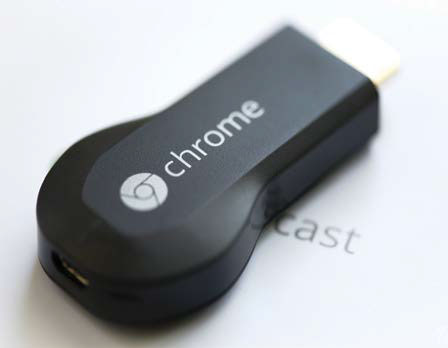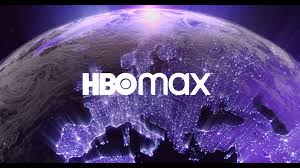TOM’S PERSONAL YACHT, THE SCOOBY DOO—2015 will be remembered for a lot of significant events in our industry—the continuing development of ATSC 3.0, the explosion of interest in virtual and augmented reality as well as drones, the rapid drop in the price of UHDTV sets and the inevitability of the FCC’s spectrum auctions. But probably the biggest development that—in some ways—upended our industry this year was the increasing acceptance and programming strength of over the top services.
Netflix, Amazon, Yahoo, Hulu… who would have thought as recently as five years ago that these services would have some of the most innovative programming on television? If you doubt the strength of OTT, you don’t have to look much further than the Emmy Awards, where—in relation to overall viewership—programming from these streaming services dominated the list of nominations. And binge watching? That was a concept that was almost completely unknown as recently as a couple years ago.

How many TV lovers will see these under the Christmas tree this year?
The traditional broadcast networks have made valiant attempts to join the OTT frenzy by launching their own streaming services. ABC, CBS, Fox, NBC and PBS have all launched streaming services in recent years and with Hulu jointly owned by ABC, Fox and NBC, one would think that the networks have a secure foothold on streaming popularity. But in reality, if all your streaming services are offering the same programming that you can get for free over-the-air, that’s not necessarily a winning combination, except maybe to cord-cutters. And as for that trend, the jury is still out as to how much of an impact it is having.
CBS’s announcement last month that it would produce a new “Star Trek” series that would only be available on its All Access streaming service was probably the best evidence yet that OTT is finally coming into its own. The announcement lended credence to some media critics’ contention that the reason that OTT-only programming—like the original programming explosion that started on premium cable networks nearly two decades ago—is more innovative and groundbreaking than network primetime programming, which is hampered by FCC decency regulations and the need to appeal to the widest possible audience, (the success of Fox’s “Empire” notwithstanding).
To say that OTT has not had much of an impact on our industry is to deny reality. And its impact is being felt worldwide. In a report issued last April, Juniper Research estimated that the pay-TV OTT market could be worth $31.6 billion by 2019, up from just $8 billion in 2014. U.K.-based Paywizard, in its recent report “OTT Isn’t Just for Christmas,” estimates that more than 50 percent of consumers will go OTT during the holiday season. Despite the increasing popularity of streaming boxes from Roku, Apple TV and Google Chromecast, the majority—66 percent—will view streaming services over mobile devices, (although it does add that 80 percent of those surveyed use the traditional TV set as their main viewing device). And of the 69 percent of respondents planning to sign up for OTT, 41 percent will subscribe to multiple services.
Despite the rosy outlook, the research firm adds that almost a third of current subscribers and more than half of those signing up this holiday season plan to cancel such services after six months. A quarter of the respondents citie that the services are “too expensive” as the main reason for cancellation. How OTT services retain those subscribers is the next big challenge.
The professional video industry's #1 source for news, trends and product and tech information. Sign up below.
So although there may be some bumps along the road, it’s obvious that the developments that took place in 2015—particularly on the programming side—prove that OTT will continue to have a major impact on how the television industry evolves.
Tom has covered the broadcast technology market for the past 25 years, including three years handling member communications for the National Association of Broadcasters followed by a year as editor of Video Technology News and DTV Business executive newsletters for Phillips Publishing. In 1999 he launched digitalbroadcasting.com for internet B2B portal Verticalnet. He is also a charter member of the CTA's Academy of Digital TV Pioneers. Since 2001, he has been editor-in-chief of TV Tech (www.tvtech.com), the leading source of news and information on broadcast and related media technology and is a frequent contributor and moderator to the brand’s Tech Leadership events.

